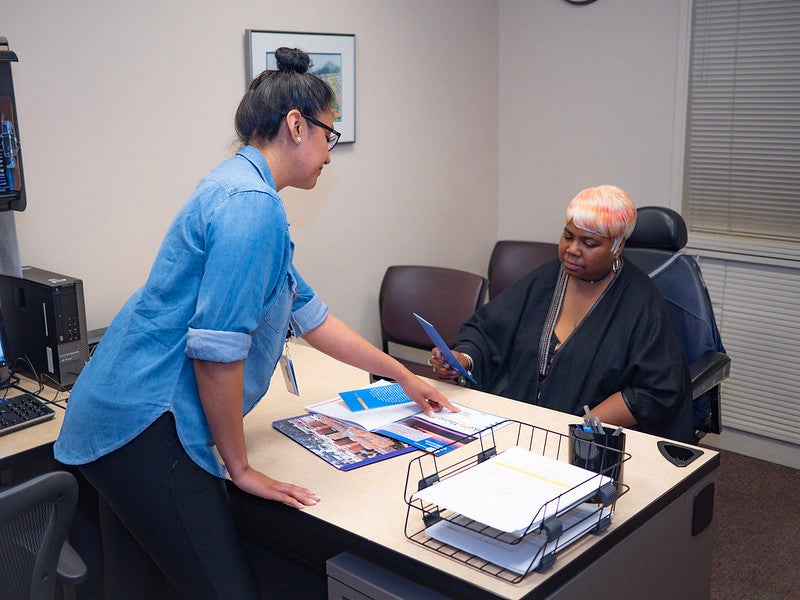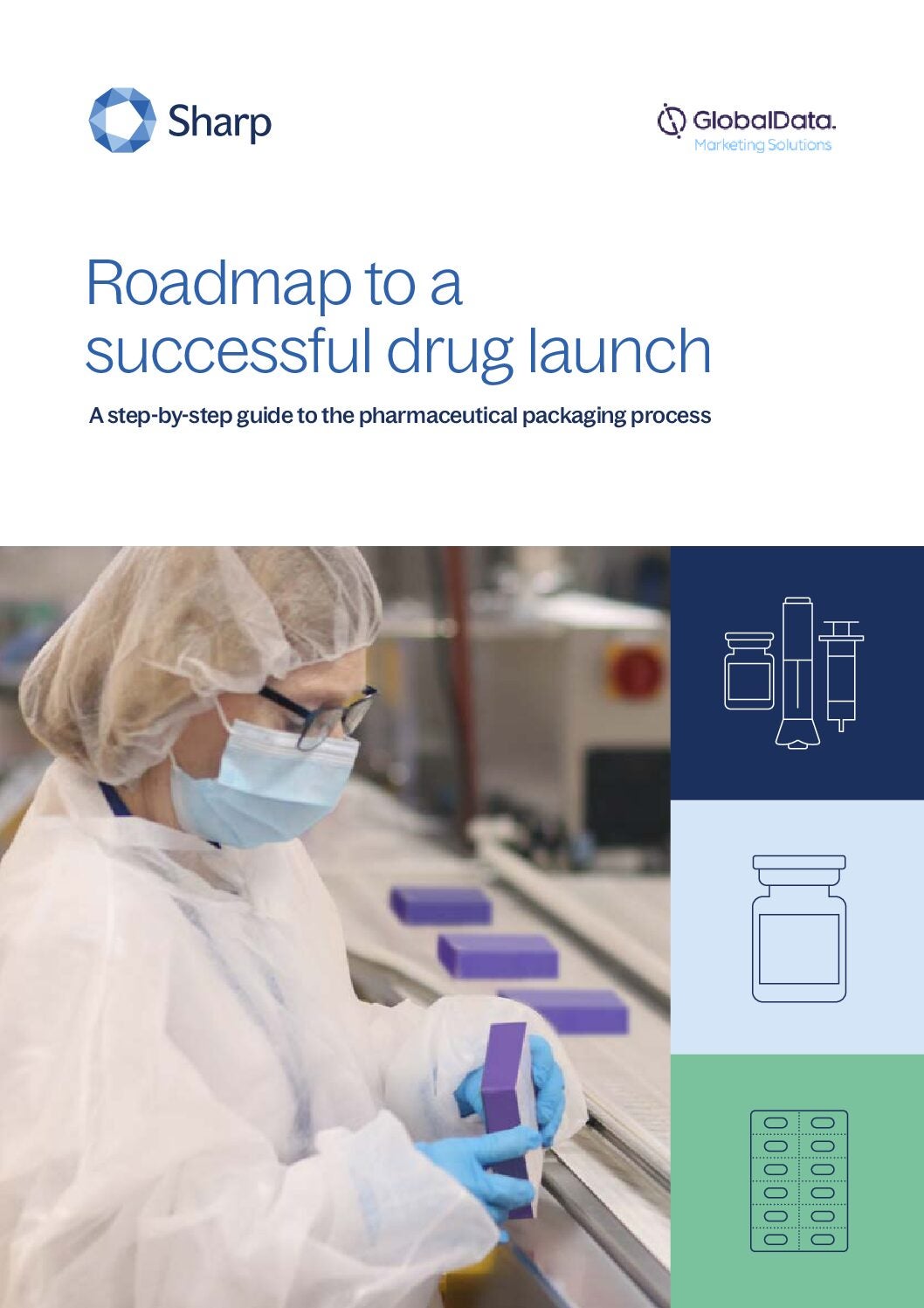
The global clinical trial market is vast, but what are the major operational challenges that you have noticed many pharmaceutical and biotech companies choosing to outsource as opposed to managing in-house?
It’s now much less a question of “to outsource or not to outsource”, which was the discussion topic when the OCT Series started 11 years ago, but rather whether to outsource to a full-service CRO or to outsource trial activities to lots of smaller functional service providers (FSPs).

US Tariffs are shifting - will you react or anticipate?
Don’t let policy changes catch you off guard. Stay proactive with real-time data and expert analysis.
By GlobalDataBoth options have their merits; a full-service CRO will certainly be simpler, as you’ll only have one point of contact, but using FSPs will usually be cheaper if you can go through the legwork of setting everything up.
I think company size is also a key factor; there are some real clinical service behemoths out there now – just look at how many organisations have “an IQVIA company” in the name – following the range of “super mergers” and acquisitions in recent years, and the feedback we get a lot is that small and mid-size trial sponsors want to work with small and mid-size vendors, rather than one of the major CROs. I think, moving forwards, we’ll see a clearer split along size lines for which companies work with which vendors, and maybe some of the big CROs splitting into smaller entities to fight for more small-biotech business.
Are there regional trends in the kind of outsourcing activities that clinical trial sponsors engage with in different local markets?
I’d say it’s less about regional trends for the kind of activities, and more about regional opportunity.
Certain regions are really chasing global clinical research business; the “single point of entry” for running clinical trials in Denmark for example, makes starting a trial in the region much more straightforward. Also, Australia is attracting a huge amount of interest with their tax breaks for biopharma companies setting up in Australia – that’s contributed hugely to the boom in APAC clinical trial activity.
Would you say the Covid-19 pandemic has shifted the operational strategy for the clinical trial industry? If so, how has the demand for different outsourcing services changed?
It’s been an absolutely massive shift, and has really forced the clinical trial industry into changes that have been in discussion for years but often not applied. The clinical trial space, and pharma generally, are quick to talk but slow to act, and virtual/decentralised trials have been featured on conference agendas and in magazine articles for a long time, but with most companies still opting for the same processes as always. Covid-19 has, essentially, meant that the only way to keep a trial going, or start a new one, is to move to a virtual model.
What is interesting now is that every vendor is saying that they can deliver services “virtually” – the coming months will determine whether trial sponsors opt for their existing vendors who are changing model, or for specialised vendors who have always positioned themselves as “virtual” or “decentralised”.
What emerging solutions are trial sponsors seeking? How are these key themes shaking up the clinical trial space, and do you think they will catalyse new partnerships between pharmaceutical companies and service providers?
I think that, in addition to the forced changes created by Covid-19, the biggest area of solution growth will be around access to clinical trials and improving patient recruitment and retention.
The rare disease market, for example, is a huge opportunity for biopharma but recruiting patients in enough numbers is a huge challenge. Similarly there is a lot of activity in Alzheimer’s and dementia trials, where patient retention is very difficult; it’s an area where remote monitoring and technology can play a huge role, but is also the space where the use of new technologies presents the biggest challenge to the patient group.
I think the traditional model of large patient groups coming to a hospital or clinic site will no longer be the preferred design for trials and trial sponsors, and vendors that can adapt quickest will see the benefits. Using social media for patient recruitment is really the golden ticket, I believe, and moving forward anyone who can harness that massive data pool will take enormous strides as market leaders.
One of the buzzwords in the clinical trial industry is patient-centricity. Have you noticed any developments in strategies for patient engagement in the past year?
Perhaps a better question would be, why does putting the patient at the heart of the trial need to be something that is discussed as a new idea? Patients, after all, are the reason to develop any drug, device or treatment.
There have been some great strides in recent years in patient-centricity: better community engagement to improve patient recruitment and retention, the improvement in remote monitoring technologies to limit the site travel commitments that patients have to make, as well improving the information that patients are given to inform them on the trial.
There are also some great initiatives underway to improve diversity and inclusion in clinical research, and I look forward to seeing their impact.
Ultimately, improved patient-centricity speeds up recruitment, reduces drop-out rates, and means products to get to market faster. Trial sponsors are rapidly catching up to that fact.




